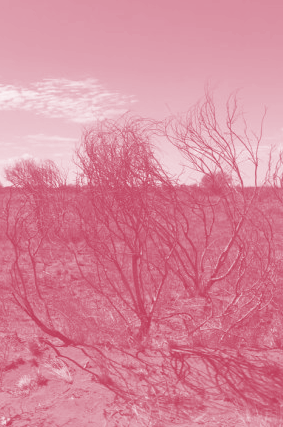New models predict El Niño rise
 Past behaviour suggests Australia will experience up to 35 per cent more El Niños, according to new projections.
Past behaviour suggests Australia will experience up to 35 per cent more El Niños, according to new projections.
El Niño is associated with low rainfall in western Pacific regions including in eastern and southern Australia, and increased likelihood of drought, heatwaves and bushfires. It also causes flooding in the Equatorial Pacific.
New research has discovered a ‘systematic relationship’ between past and future El Niño activity that could be used to improve long-term climate projections.
“El Niño stores a memory of its past behaviour, and organises its future accordingly,” says researcher Dr Wenju Cai.
“These findings mean that we have uncertainty in future El Niño projections – but we now have a gauge on it by examining its past behaviour.”
During El Niño years, the tropical Pacific Ocean warms, and the global mean temperature rises as a result of equatorial Pacific surface winds taking heat out of the upper equatorial Pacific Ocean.
By running a model over 40 times with identical starting conditions except for slightly different surface temperatures, researchers found that weak El Niño activity in an initial period may lead to higher future El Niño activity under greenhouse warming, because of the way El Niño–Southern Oscillation (ENSO) organises itself over a multi-decadal to century lifespan.
The starting surface temperature conditions were modified in each experiment by an infinitesimally small difference - only one in a hundred trillionth (10-14) of a degree Celsius - akin to the ‘flap of a butterfly’s wings’.







 Print
Print